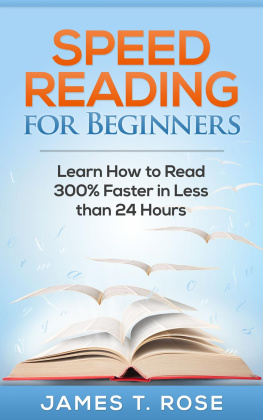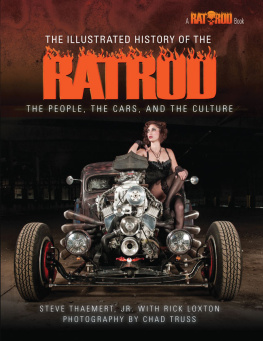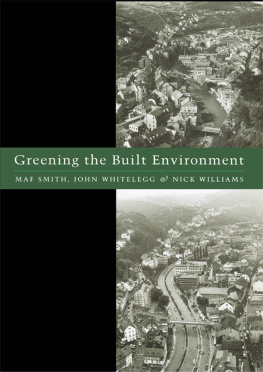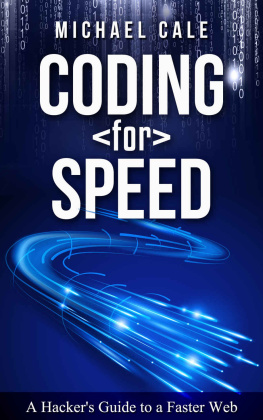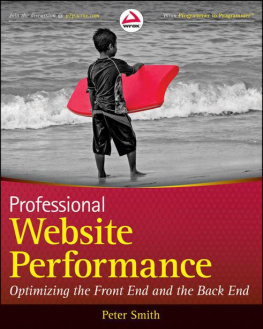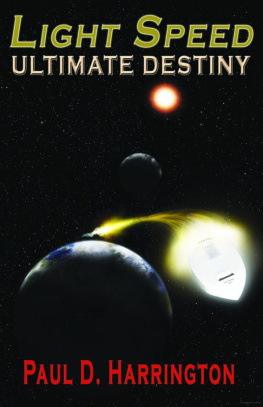Merchants of
SPEED

Paul D. Smith
Foreword by Barney Navarro

DEDICATION
To Ed Iskenderian and John Athan...
without their support, this book would never have been written.
Contents
Foreword
The achievements presented in this book needed to be preserved truthfully without creating myths, and I feel that Paul Smith has accomplished this task. Having been a published writer for a while myself, I know the tedium involved in attaining accuracy. The stories written here were put forth, as much as possible, from quotations taken directly from recorded interviews, seemingly forsaking any urge to indulge in further embellishments.
The dry lakes racers opened a door of opportunity. They were the inspiration for small entrepreneurs to try their hands at manufacturing what they knew best: speed equipment, but for sale to the public. Being one of this group myself, I know the dedication and focus it required to be successful. When I was discharged from the U.S. Army Air Corps, I had already put into action my plans to design and produce the equipment I believed to be winners.
Its been an arduous ride, always challenging. The memorable associations and incidences along the trek give me hours of entertainment in recall. All in all its been good. My hope is that the reader will be able to come along for the ride, place himself in this recounted history, and feel the beginning and continuation of a great sport.
B. J. Navarro

The author, right, with Barney Navarro, 2003. Author photo
Introduction
Since the early 1920s, the Mojave Desert of Southern California has provided a playground for hot rodders to run whatever the imaginations and wallets could conjure up. These dry lakes, plus warm winters, early speed equipment manufacturers, and speed-hungry teenagers helped create what is often referred to as the cradle of hot rodding.
With the end of World War II, there erupted a phenomenal growth of motorsports throughout the United States. In Southern California, attendance and participation in all types of racing dramatically increased. The California Roadster Association was created to give those who wanted to participate on circle tracks places to race. Organizations like the Southern California Timing Association and the Russetta Timing Association provided safe racing venues at the dry lakes for speed trials. The introduction of hot rod shows allowed kids to display their hopped-up cars, and the founding of Hot Rod magazine in 1948 was the direct result of one such hot rod show. This publication spread Southern Californias hot rodding trends across the country, thus creating a demand for specialty equipment and saving many small-parts manufacturers from falling into obscurity. Who knowsif it hadnt been for Hot Rod, the National Hot Rod Association, under the skillful leadership of Wally Parks, may never have been formed. By 1950, the specialty speed equipment business, centered in Southern California, had grown to a $12-million-a-year industry.
History is not always exact or even true, but the following accounts come as close as possible to recording the facts without taking liberties to fill in the blank spaces. By 1953, basically everything that needed to be known was, and those who followed needed only to reinvent. This book originally intended to begin with Ed Winfield and finish with Harvey Crane Jr., and report on as many individuals as possible within that time frame. Unfortunately, a book can contain only so much, and the stories of Harmon & Collins, Clay Smith, Ed Meyer, Ed Winfield, and others had to be left out due to a lack of space or a lack of photographs.
The merchants mentioned herein are but a fraction of the speed-equipment manufacturers who have come and gone over years of racing history, but this group and their peers played a huge role in the history of hot rodding as we know it today.
Paul D. Smith
CHAPTER 1
Ansen Automotive
LOU SENTER
Without a doubt, the most prolific manufacturer in the speed equipment business during the 1940s, 1950s, and 1960s was Louis Senter, cofounder of Ansen Automotive. There was little in the specialty automotive business that the Ansen shop didnt design, manufacture, warehouse, or sell. The Senter influence in automotive products stretched from coast to coast.
His competitive and entrepreneurial spirit evolved early in life, beginning with soapbox derbies. It was nurtured through his teenage years by building speed parts in his backyard garage, honed by automotive racing, and finally matured by building a successful, internationally recognized manufacturing and marketing company.
FIRST TROPHY
Lou Senter was born in Los Angeles and, like a lot of youngsters who were fortunate enough to grow up in this cradle of hot rodding, his interest in cars developed early in life. His first introduction to four wheels occurred during his last year of grammar school and resulted from a promotional stunt put on by a local race car track.
Besides being in the petroleum business, Earl B. Gilmore was the owner and promoter of the famed Gilmore Stadium, a quarter-mile dirt race car track that saw some of the finest midget racing in the country. Over time, Earl realized that he needed something to keep his fans entertained during intermissions and came up with the idea of having a contest in which kids pushed their homemade soapbox karts around the track. It appealed to Lous competitive nature when he heard about the event, being a fast runner and in pretty fair condition from participating in a variety of school sports.
After laying out a rough plan for a racer, he scrounged together enough parts to put the project together. A natural propensity toward mechanics began to surface as he built the kart using stuff he found. A borrowed metal sign became the hand-formed body, a length of pipe was the exhaust, wheels were procured from a wagon, and it was finished off with handpainted flames on the hood, making the racer look as close to a real midget as was possible. It was no contest on race day. With his younger brother Bobby steering, Lou pushed the kart around the track in front of a stadium of cheering fans to win his first race, and today that same first-place trophy that he won so many years ago sits alongside a lifetime of mementos on a shelf in Lous den.
LAYING THE FOUNDATION
Although he was deeply involved with track and field sports at Fremont High in Los Angeles, Lou couldnt stay away from the lure of hot rods. Hed chosen Fremont because of the great machine and auto shop courses, with future plans of becoming a machinist. After collecting enough parts and pieces, he put together a stripped-down T roadster powered by a Model A engine with a Rajo head.

The first car to break the 150-mile-per-hour barrier in the quarter-mile on gasoline was Ansens A/G dragster powered by a Packard 435-ci V-8 outfitted with a GMC blower and Hilborn injectors.


